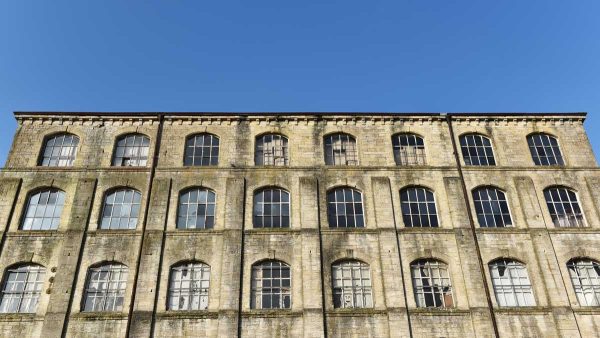How professionals restore concrete in industrial buildings

Industrial buildings often face significant wear and tear due to heavy machinery, constant foot traffic, and exposure to harsh environmental conditions. Over time, the concrete surfaces in these structures can become cracked, worn, and weakened, compromising their structural integrity. This is where professional concrete restoration services come into play.
Here are essential techniques professionals use to restore concrete in industrial buildings to ensure longevity and enhanced durability:
Concrete assessment and preparation
Before commencing any restoration work, professionals begin by conducting a thorough assessment of the concrete surfaces. This assessment helps identify the extent of damage, including cracks, spalling, and deterioration.
Subsequently, a comprehensive restoration plan is devised, outlining the necessary steps for effective repairs.
Crack repair and filling
Cracks are a common issue in concrete structures, and they can lead to further damage if left unaddressed.
Professional concrete restoration experts employ advanced techniques to repair and fill cracks effectively. This may involve using epoxy injections or polyurethane-based sealants, which penetrate deep into the cracks, reinforcing the concrete and preventing further deterioration.
Surface cleaning and preparation
Industrial environments often accumulate dirt, grime, and chemical residue, which can hinder the restoration process.
Professionals prioritize thorough cleaning and surface preparation to ensure optimal adhesion of repair materials. Techniques such as pressure washing, abrasive blasting, and chemical cleaning remove contaminants, allowing the new concrete overlay to adhere seamlessly.
Concrete overlay and resurfacing
Professionals utilize overlay and resurfacing techniques to restore the functionality and aesthetics of industrial concrete surfaces. This involves applying a thin layer of polymer-modified concrete or epoxy-based coating over the existing surface.
The overlay not only covers existing blemishes but also adds an extra layer of protection against future damage, enhancing the structural integrity of the concrete.
Joint repair and expansion
Joints are crucial in accommodating concrete’s natural expansion and contraction due to temperature fluctuations. However, joints can deteriorate over time, leading to water infiltration and further damage.
Skilled professionals employ joint repair techniques that involve removing and replacing damaged sections with durable materials like silicone or polyurethane sealants.
This ensures the proper functioning of the joints and prevents moisture intrusion.
Protective coatings and sealants
Industrial buildings are subjected to various corrosive elements, such as chemicals, moisture, and abrasive substances.
To shield the restored concrete surfaces, professionals apply protective coatings and sealants. These coatings act as a barrier against chemicals, water penetration, and abrasion, extending the lifespan of the concrete and reducing maintenance requirements.
Regular maintenance and inspection
Once the concrete restoration is complete, professionals emphasize the importance of regular maintenance and inspection.
Routine inspections help identify any signs of damage or deterioration early on, enabling prompt repairs.
Additionally, scheduled cleaning and reapplication of protective coatings ensure the long-term durability and aesthetics of the restored concrete surfaces.
The restoration of concrete surfaces in industrial buildings requires the expertise of skilled professionals, and you can trust us JK Industries, to deliver exceptional results. We pride ourselves on our expertise and commitment to excellence, making us a leading provider of professional concrete restoration services.
